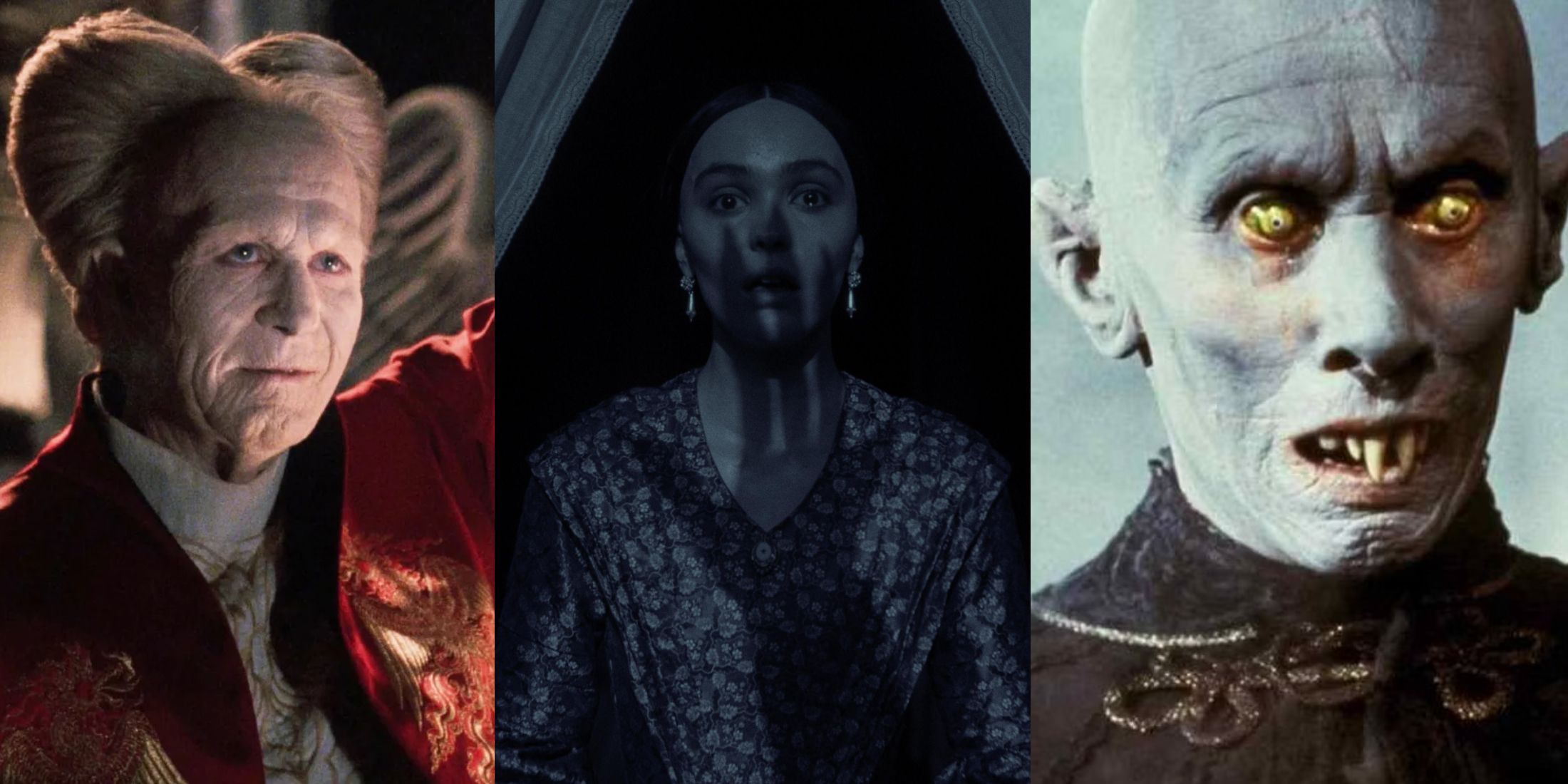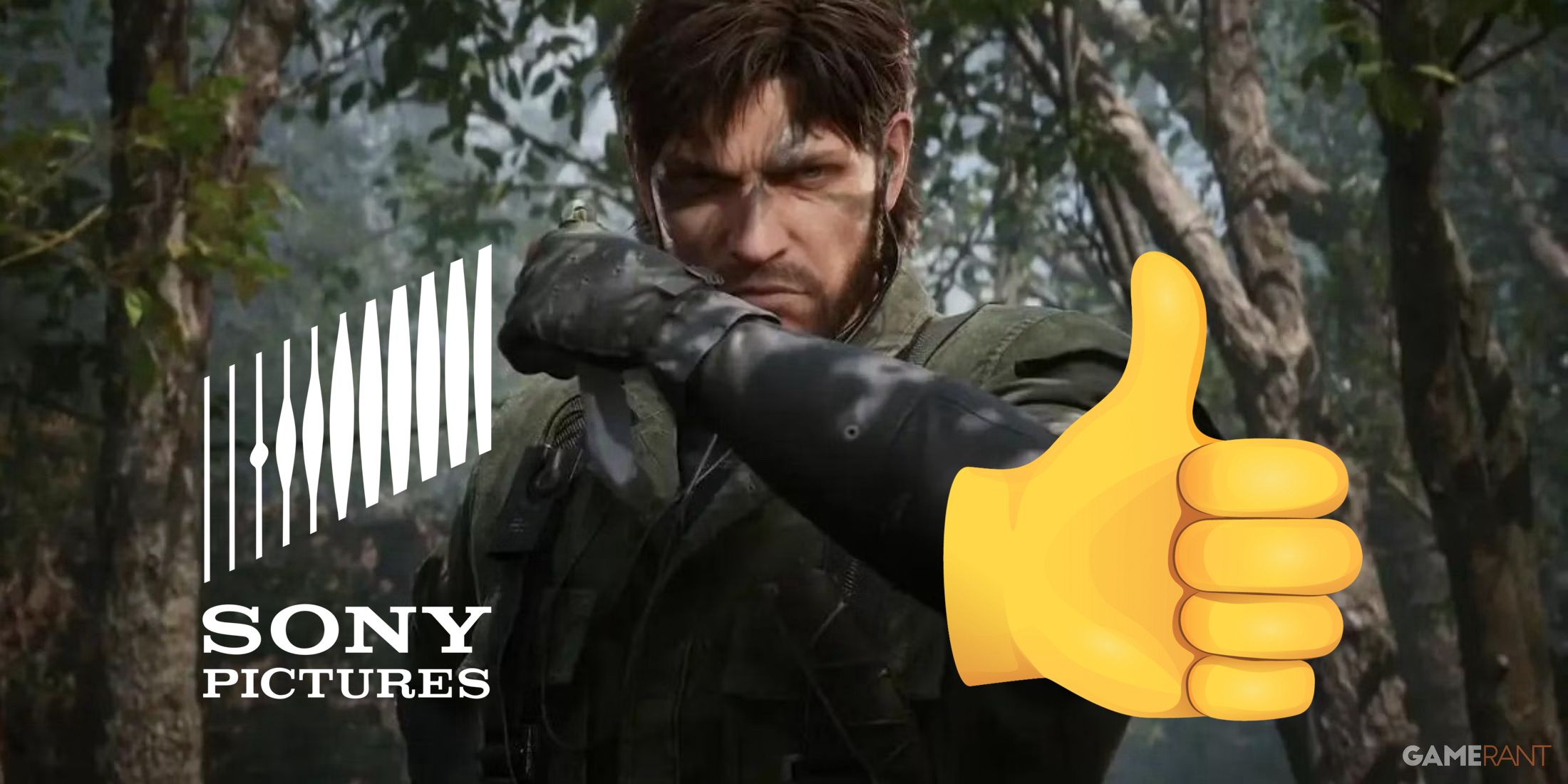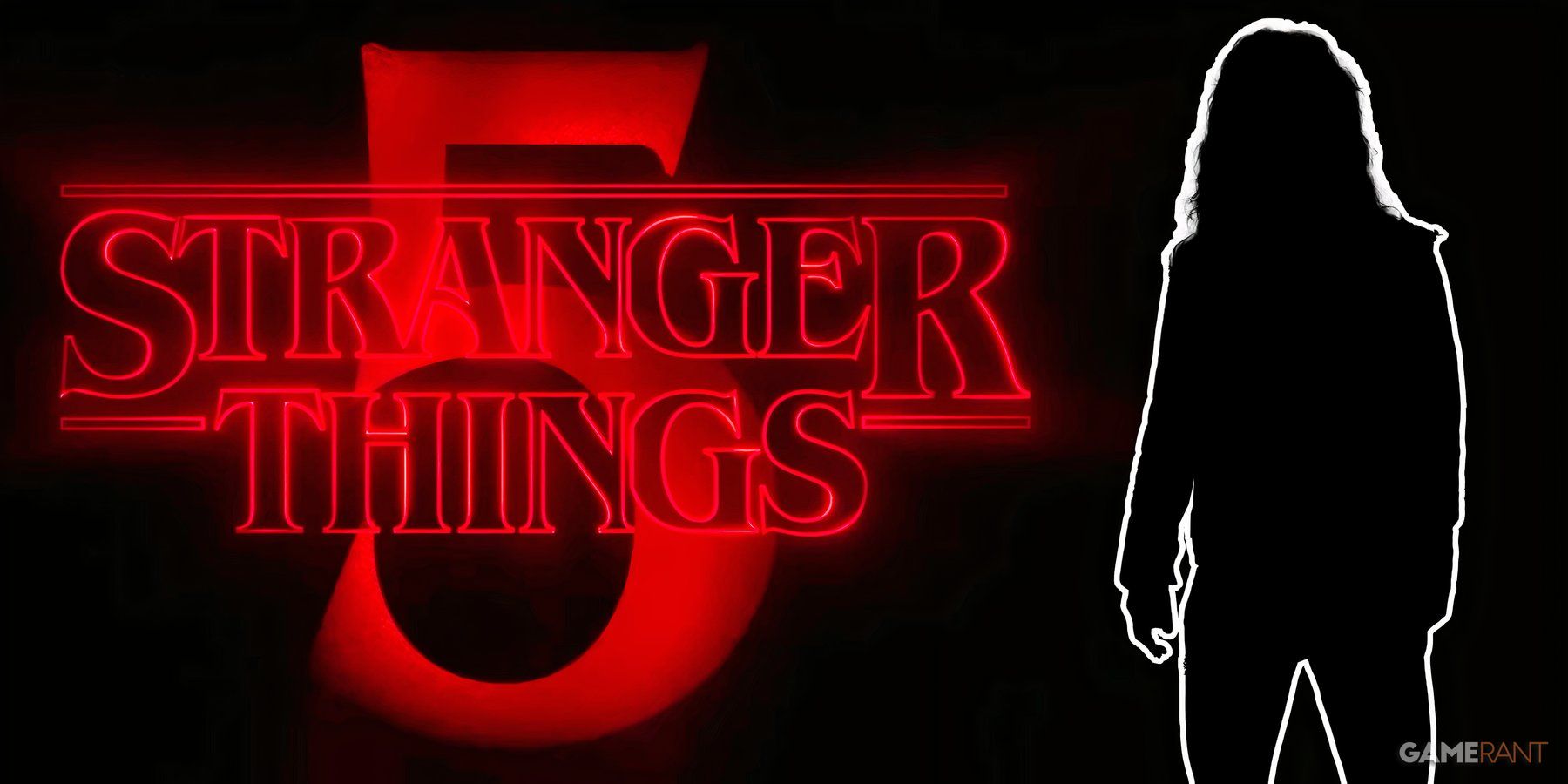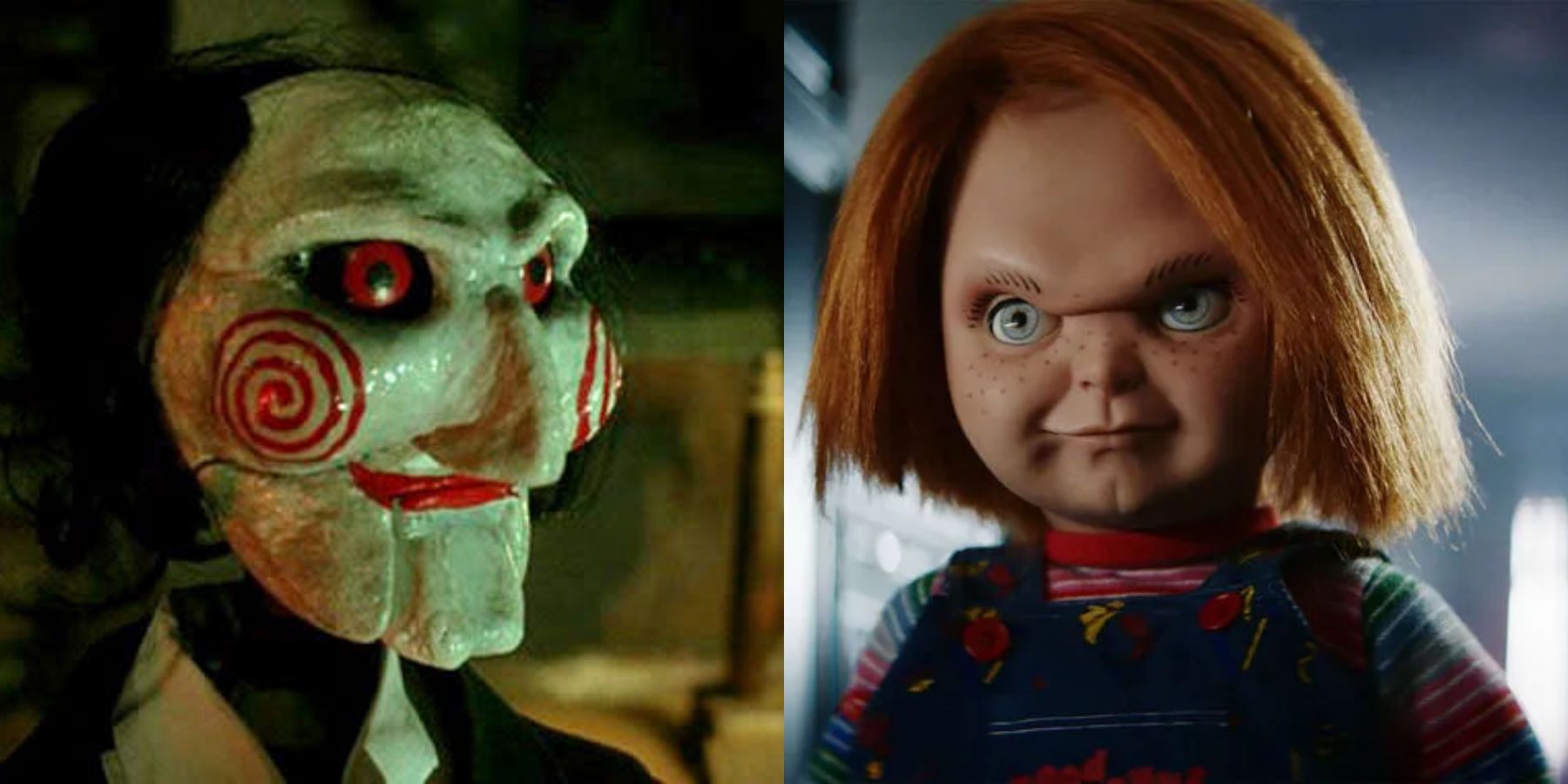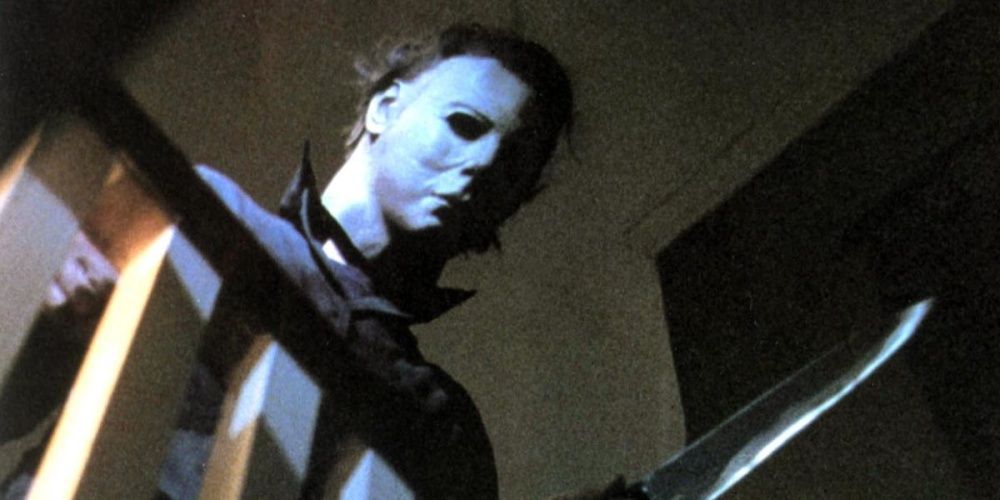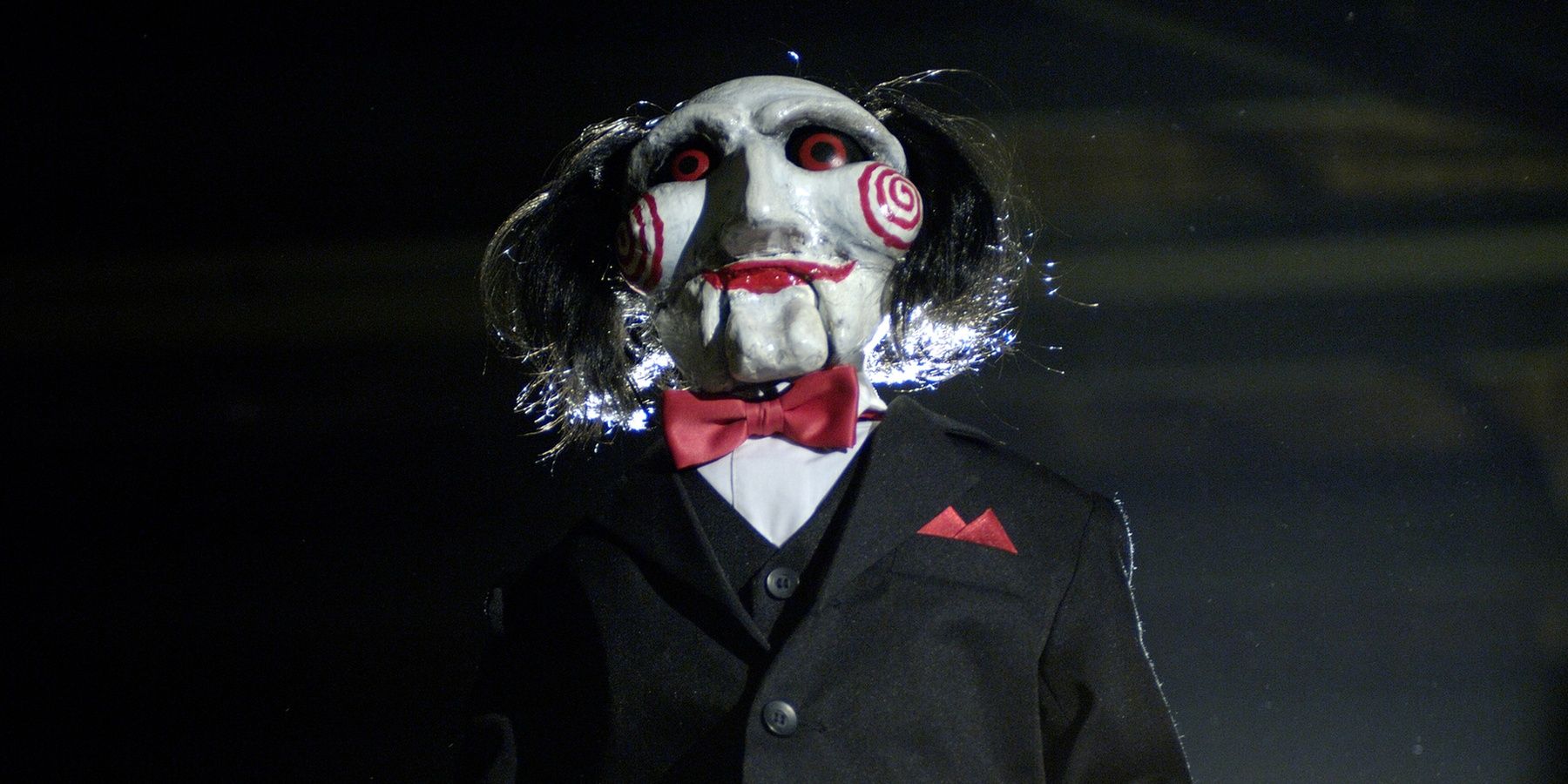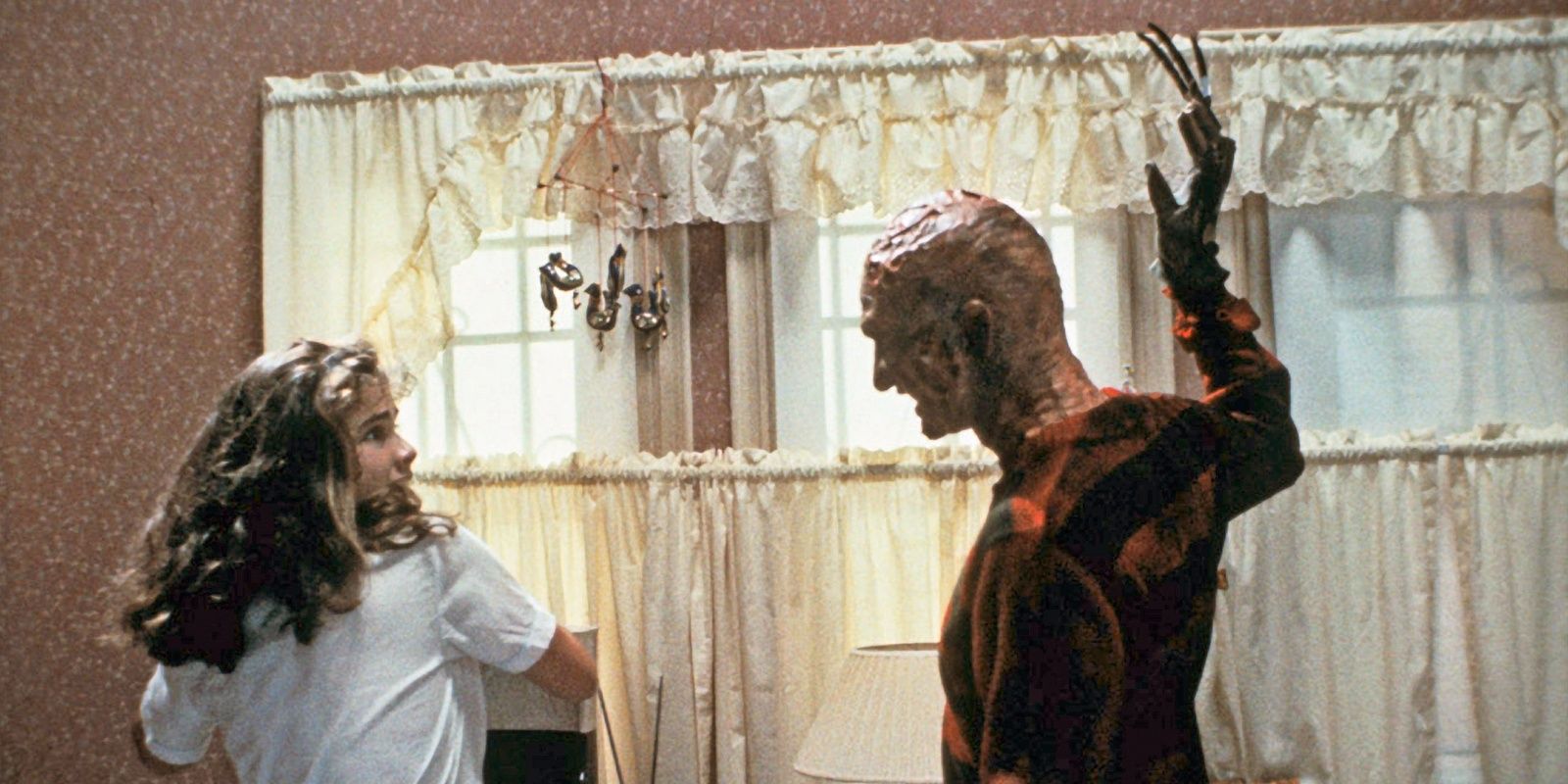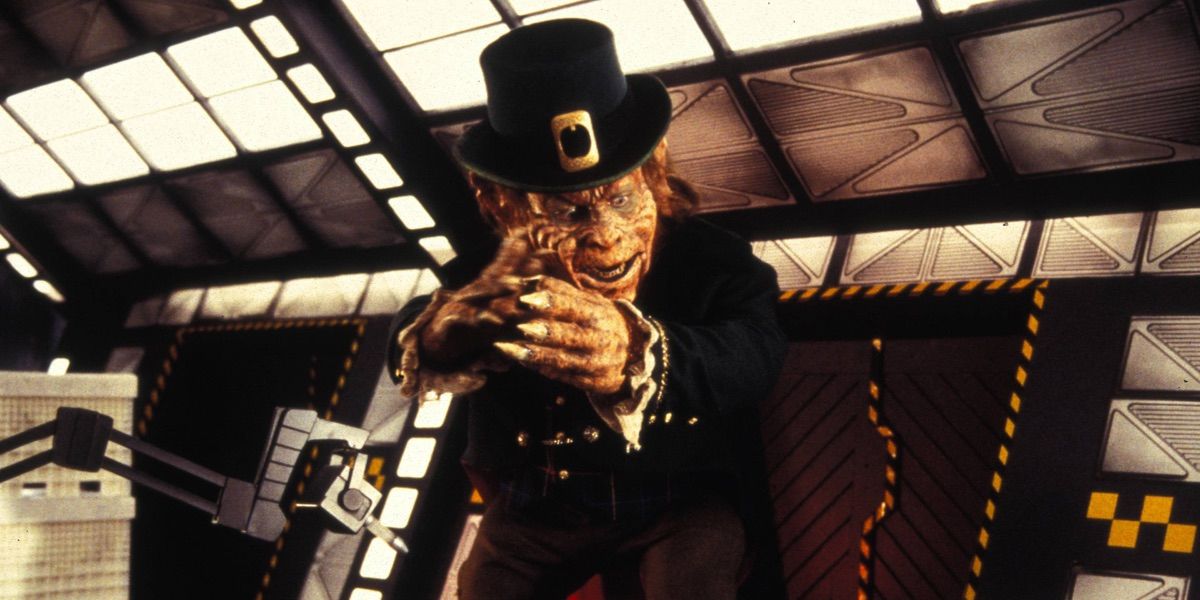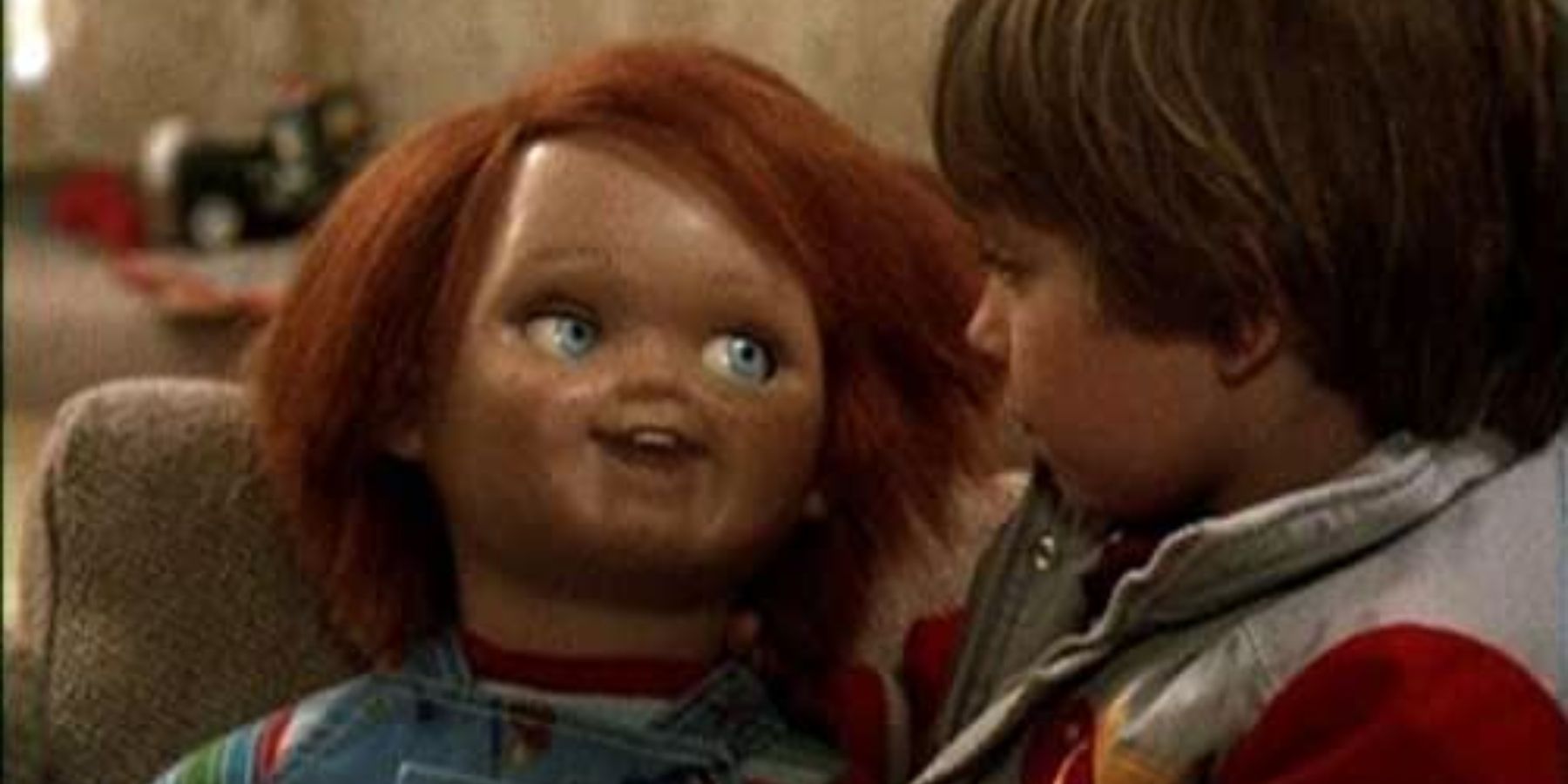Horror franchises have shown an amazing ability to take a big budget and produce a terrible story, but some do it better than others! In The Dark Knight, Harvey Dent (Aaron Eckhart) uttered the infamous line, “You either die a hero or you live long enough to see yourself become the villain.” He was talking about the state of vigilantes in Gotham city. It’s also perfect for describing the sudden nosedive in quality a horror franchise can take after gaining popularity.
Let’s face it, most horror fans have watched their favorite movies soar to popular heights and then fall to dizzying depths. Ironically, this tends to happen after they’ve been approved for bigger budgets. For example, the Friday the 13th franchise was able to score a whopping $14 million to send the notorious Jason Vorhees to space in Jason X. It was a plot as convoluted as it was ridiculous. Seriously, how did Jason Vorhees go from a lakeside campsite to space of all places? Unfortunately – or fortunately, depending on who you ask – it’s not the only time a horror franchise has gone off the rails.
Halloween
John Carpenter’s 1978 hit film Halloween wasn’t the first horror movie. However, it was the first to bring horror to the suburbs of middle America and make $70 million off of a six-figure budget in the process. It was also the first time that the iconically silent killer Michael Myers created a bloodbath of friends, family, and innocent bystanders alike while chasing after his perpetual victim, Laurie Strode (Jamie Lee Curtis). For many, it still holds up as one of the scariest slasher films ever made. After all, what’s scarier than the idea of a stranger in a Captain Kirk-inspired mask murdering his way through a small town just to kill someone he doesn’t even know? Then the sequels happened.
Studios put more money into sequels hoping their profits would compensate their wallets. Various directors like Tommy Lee Wallace wanted to introduce fresh ideas into what had become one of the biggest horror franchises. Fans just wanted more versions of Michael Myers killing innocent people while continuously failing to take out Laurie Strode. The results ended up including witchcraft, sci-fi, and. . . Busta Rhymes? Fans of the campier side of horror continued to eat up whatever the horror franchise put on their plates. Overall, though, it left other fans scratching their head in confusion over how a phenomenal horror movie could produce such bizarre sequels.
Saw
In 2004, Saw did what Scream had done 8 years earlier: turn an innocent question into a sudden test of one’s ability to stay alive. Master of horror James Wan brought a group of strangers together to collectively experience the worst night of their lives. It starts with a video of a puppet innocuously asking, “Do you want to play a game?” It ends with people being stabbed in the eye, telling shameful secrets to people they just met, and a lot of not-so-innocent people dying excruciating deaths. The first Saw movie had a budget of around $1 million and made over $100 million. Naturally, more money went into making what many assumed would be sequels of equal success.
Saw III even managed to receive a $10 million budget. Fortunately for investors, the movies turned into one of the most lucrative horror franchises even with bigger budgets. For fans, though, it turned into a continuous promise of each new film being the last. As one can imagine, this doesn’t have the best effects on any given storyline. By the time Saw was somehow being featured in 3D, many fans had already jumped ship to Wan’s more coherent Conjuring franchise.
A Nightmare on Elm Street
A Nightmare on Elm Street had a little silliness in it from the very beginning even before becoming one of the top horror franchises. Robert Englund infused his legendary character of Freddy Krueger with a corny sense of humor that juxtaposed frighteningly with his penchant for terrorizing teens. He love cracking jokes as he used his long, sharp finger claws to threaten, harass, and, ultimately, murder the crap out of his victims. The first 1984 movie strikes a careful balance between funny & downright scary.
In fact, one might even say it created the perfect formula for anyone taking on the mantle of creating their own follow-up movies. Instead, the budgets get bigger and the quality gets much, much worse. A Nightmare on Elm Street 5: The Dream Child may have pulled in over $20 million. It didn’t make up for its ridiculous plot of Freddy Kreuger using an unborn baby to kill off his new victims. Yes, an unborn baby becomes an unwilling accessory to murder. At least they didn’t send him to space.
Leprechaun
The first Leprechaun movie in 1993 wasn’t exactly a box-office smash. It earned a little over $8 million with a budget of $1 million and eventually worked toward a $3 million budget. Makes sense, as the original plot was kind of a goofy attempt at bringing fairy tale lore into a good old-fashioned slasher movie. Warwick Davis – who recently reprised his titular role in the Disney Plus reboot of Willow – plays a leprechaun named Lubdan Buttowski who uses violent means to retrieve his pot of gold.
One might assume this would be as weird as it gets and they would be hilariously wrong about it. Not only does Leprechaun eventually make its way to space, but it also does a couple of stints in the hood. At some point, Buttowski, aka the Leprechaun, shares an impressive bong with a gangster named Mack Daddy O'Nasses (Ice-T) after returning to the hood for the second time. Whatever was in it must’ve also inspired the Leprechaun movies themselves. Thanks to the outlandish beginning of this horror franchise, many fans willingly leaned into the ridiculous twists and turns. Speaking of camp. . .
Child’s Play
The Child’s Play horror franchise is a lesson in the duality of fans. The first movie made waves throughout the horror community when it was released in 1988. It was the first mainstream movie that made owning a doll one of the scariest things a child could do. The killer doll Chucky has the humor of Freddy Kreuger, the tenacity of the evil Leprechaun, Michael Myers’ sheer unwillingness to die, and he likes to play with his victims like Jigsaw. Where other horror franchises might’ve had a silly start, Child’s Play joined the pantheon of classic killers with mainstream appeal.
For every movie budget of around $10 million, each follow-up was pulling in anywhere from $20 - $30 million. The budget may have been going up, but the quality was plunging into unknown depths. Many fans continue to love its audacity. Other fans jumped ship when Chucky got married to Tiffany (Jennifer Tilly) with whom he somehow had a son who was reluctant to go into the murderous family business. Those who love the increasing levels of camp have kept the horror franchise coming back time and time again. This particular horror franchise even inspired its own TV series! In a world of real-life horror, maybe it’s not so bad that some horror franchises have started inspiring laughter among the scares.

